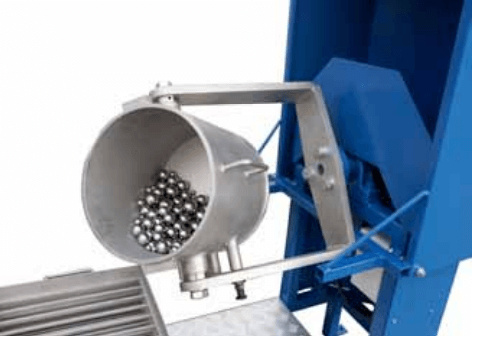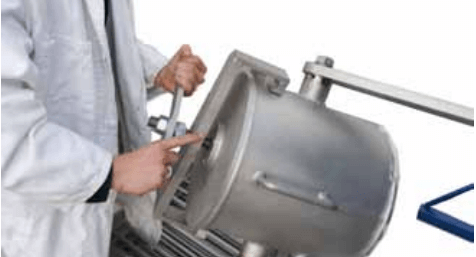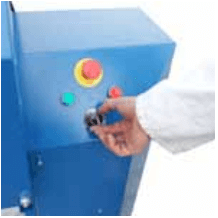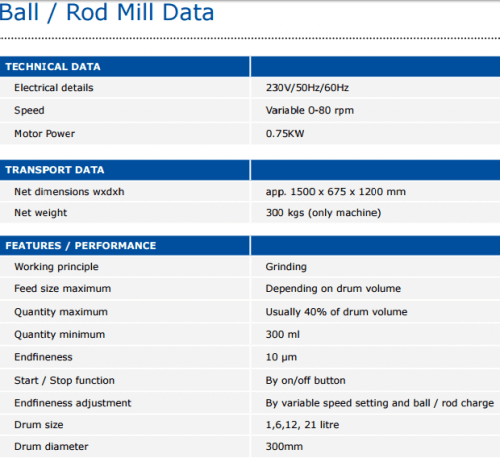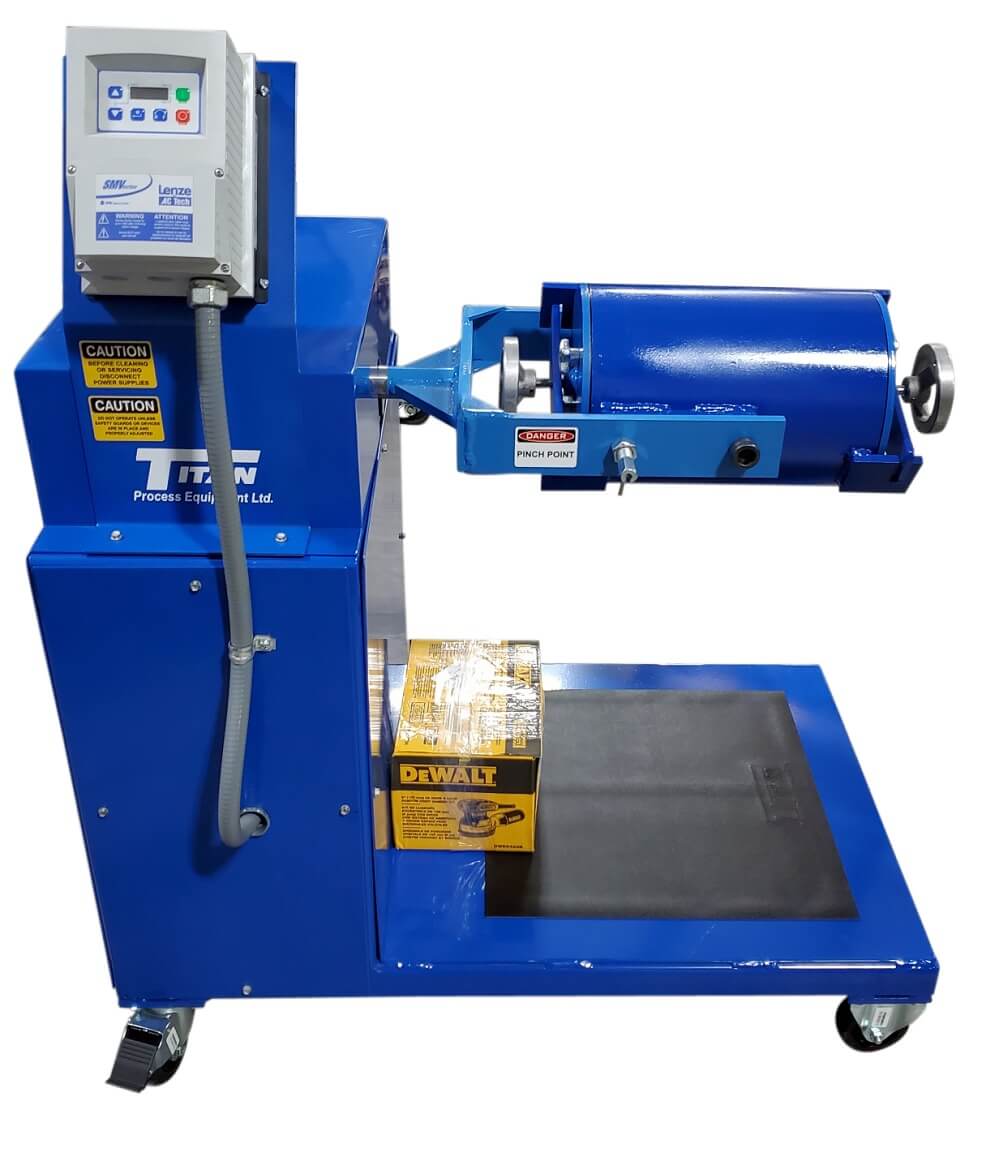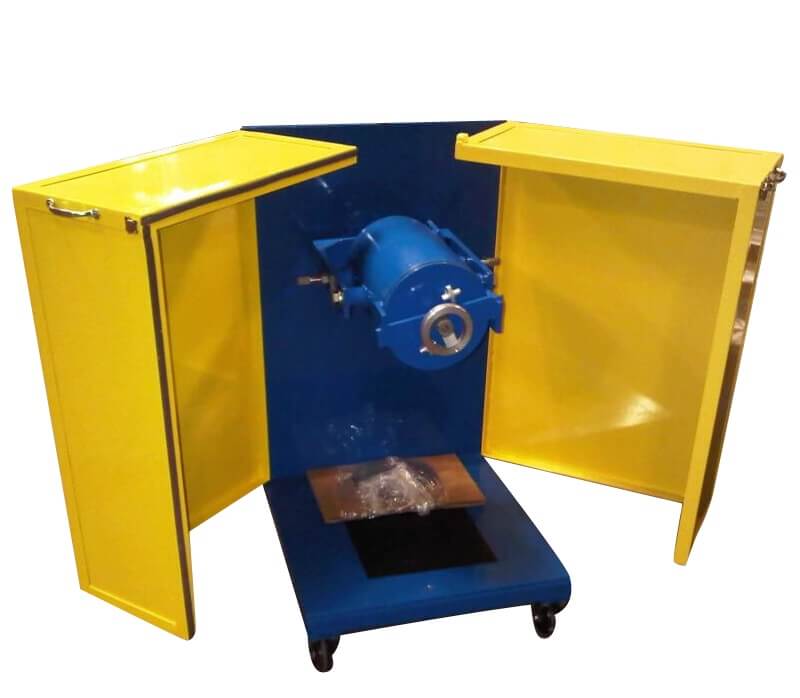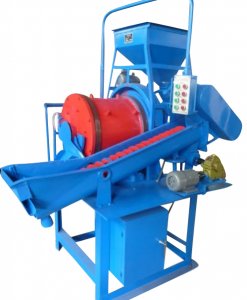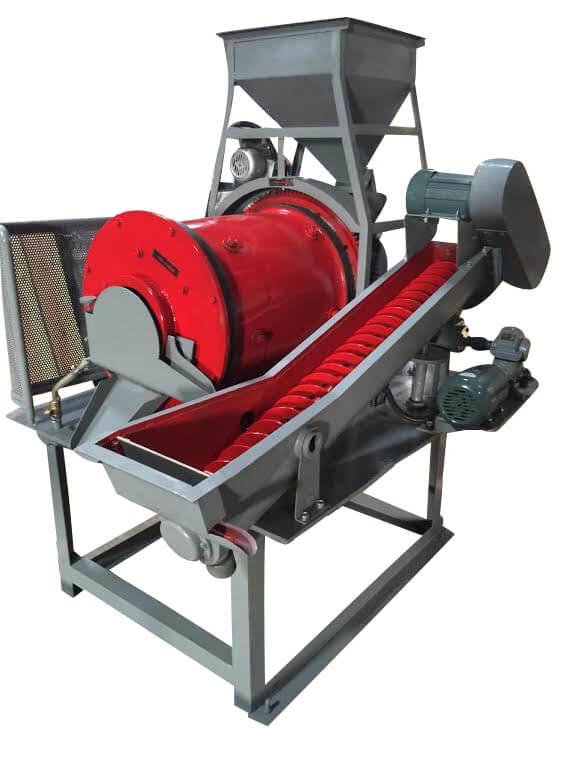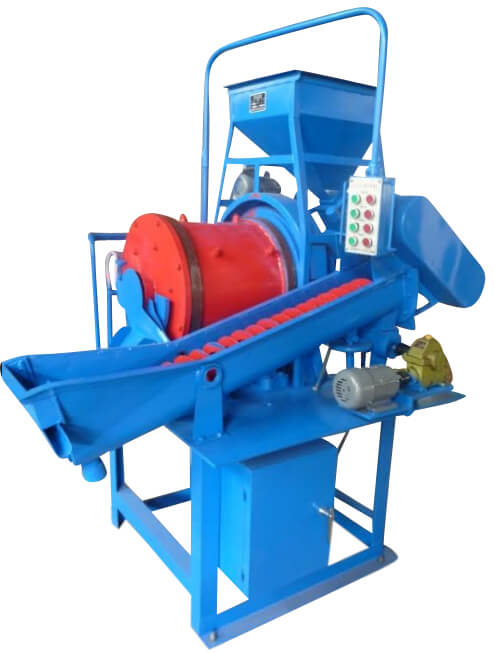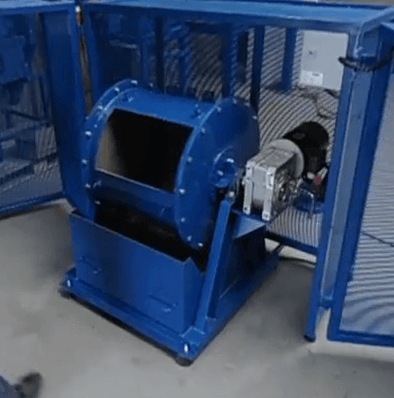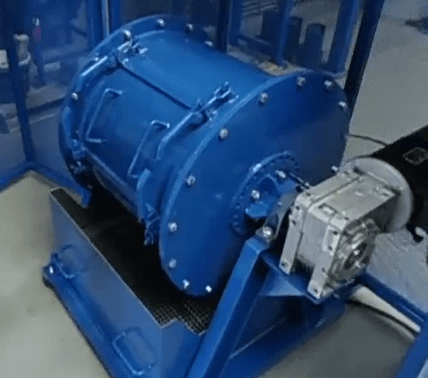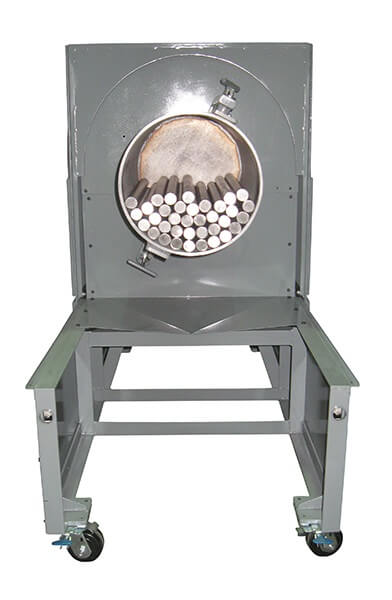Large Batch Laboratory Rod Mill / Ball Mill
The 21 Liter (5 gallon) 911METALLURGY 911MPE21BM dual function Laboratory Rod Mill / Ball Mill is designed to meet the industrial requirements to grind coal, cement and a wide variety of ores. The dual duty Laboratory Grinding Mill consists of a gear motor mounted on a high precision solid steel underframe complete with outlet funnel and a set of separation screens plus sample collector.
A Laboratory Rod Mill OR Ball Mill for large capacity fine milling up to 21 litre vessel.
- Easy convertible to a Rod Mill
- Variable speed setting
- Variable volumes on request
- Drums, balls and rods available in different materials
- Easy tilt function to empty the barrel
AVAILABLE IN:
- ROD MILL (WAVED “Bond” INNER SHELL)
- ROD MILL (SMOOTH INNER SHELL)
- BALL MILL (WAVED “Bond” INNER SHELL)
- BALL MILL (SMOOTH INNER SHELL)

Description
Method of Operation
The mill incorporates a yoke and locking mechanism to facilitate easy access to the contents of the mill. An appropriate ball or rod charge is provided with the mill. The motor incorporates a solid-state controller to accurately control the drum speed of up to 70 RPM. This controller has an internal overload protection. A revolution counter is included to allow accurate control of milling which will automatically stop the mill when the desired milling duration is reached. The lid incorporates a quick release locking mechanism.
BALL Mill Barrel’s Nominal Volume/Size
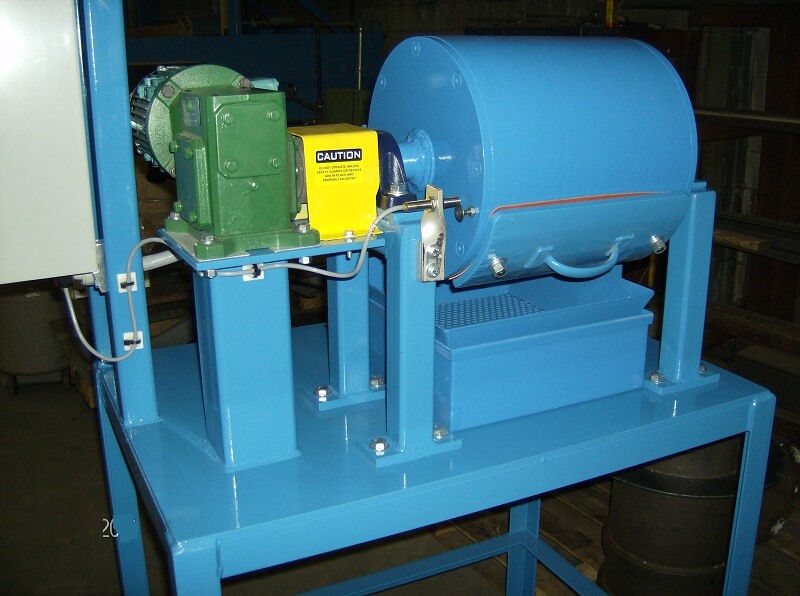
200mm Diameter x 200 mm Length 6.3 Liter
250mm Diameter x 250 mm Length 12.3 Liter
300mm Diameter x 300 mm Length 21.0 Liter
ROD Mill Barrel’s Nominal Volume/Size
200mm Diameter x 250 mm Length 7.8 Liter
250mm Diameter x 300 mm Length 14.7 Liter
300mm Diameter x 360 mm Length 25.4 Liter
Applications
- Cement
- cement clinker, concrete
- Coal, coke
- Minerals, ores, slags
- Soil samples, sludges
- Glass, ceramics, corundum
- Pharmaceuticals, chemicals
- Food, animal food
- Creams and emulsions
- Paint
|
|
|
|
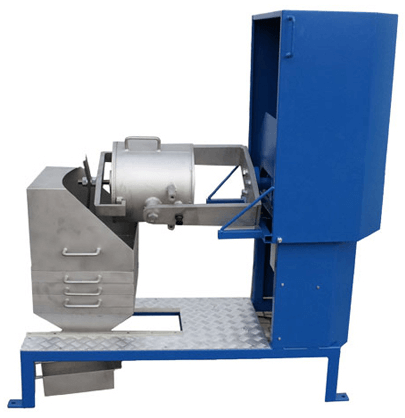 |
|
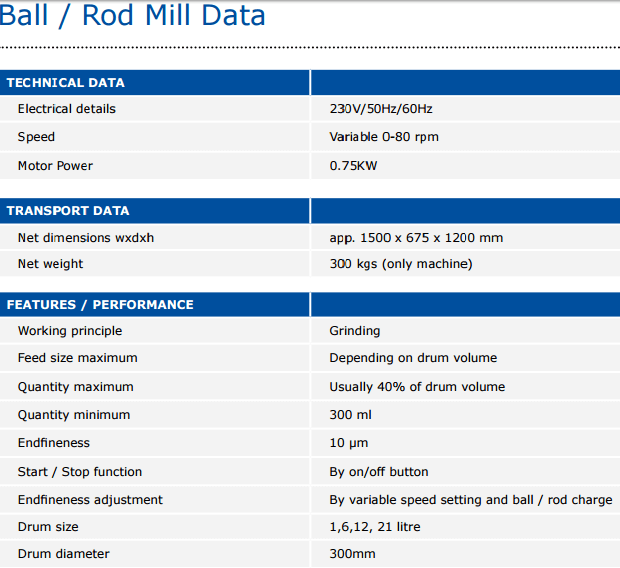
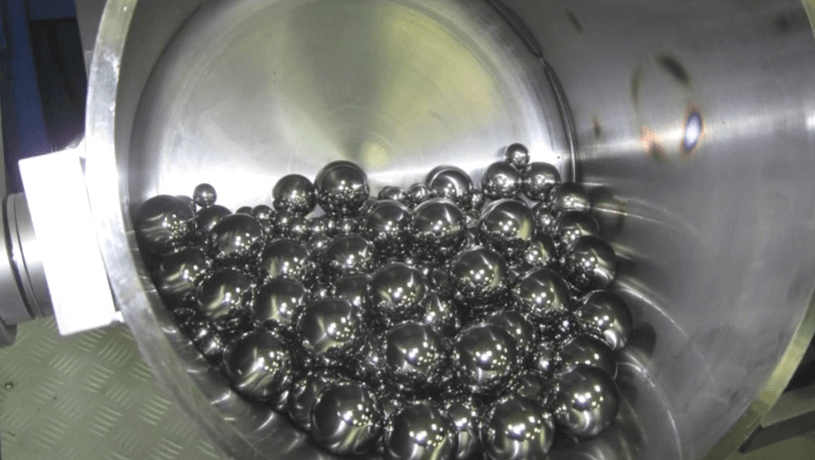
 | 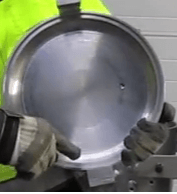 | 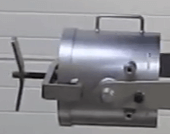 | 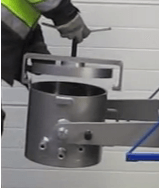 |
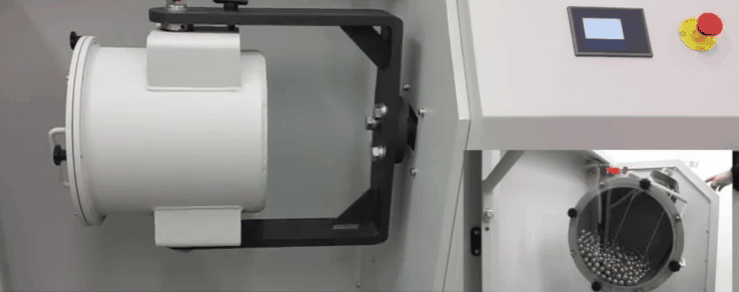
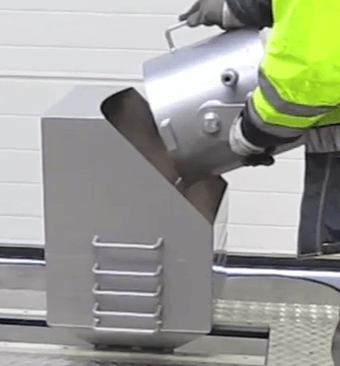 | 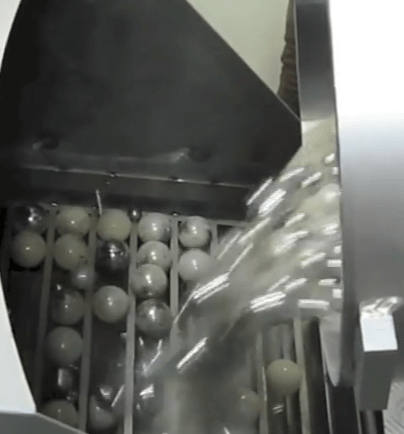 |
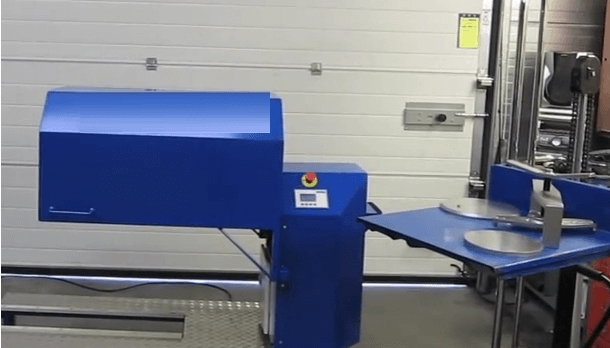 | 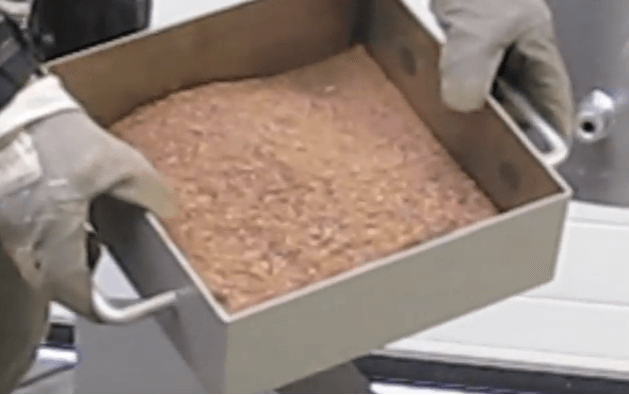 |
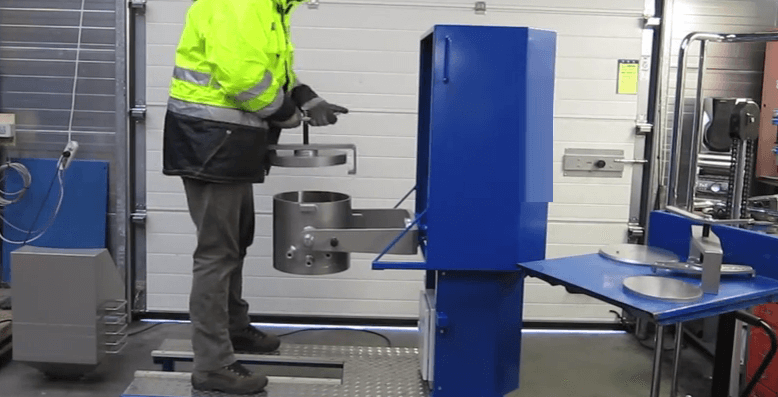
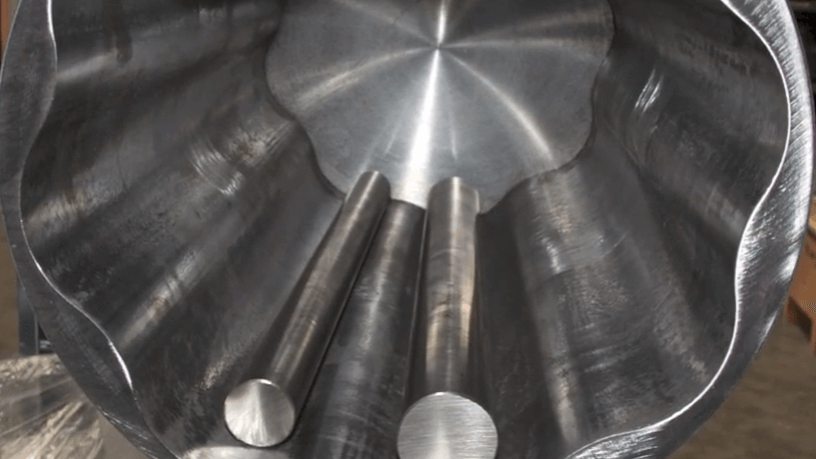
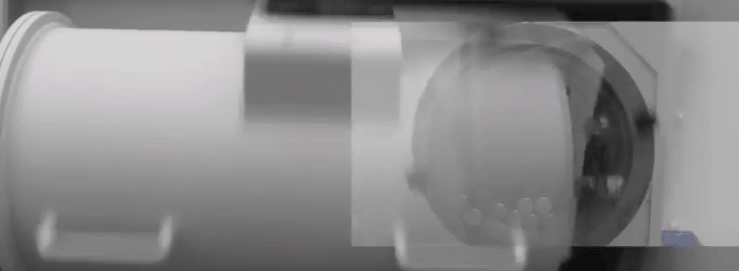
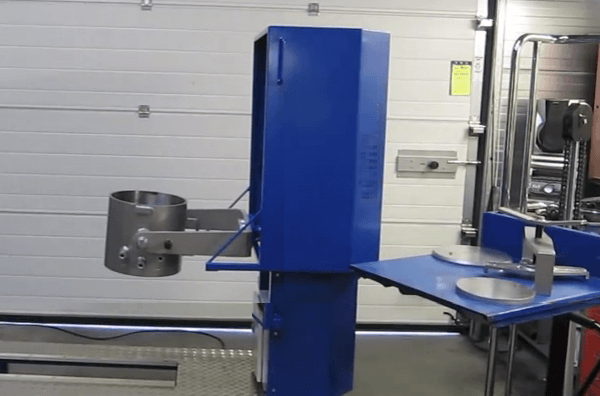 | 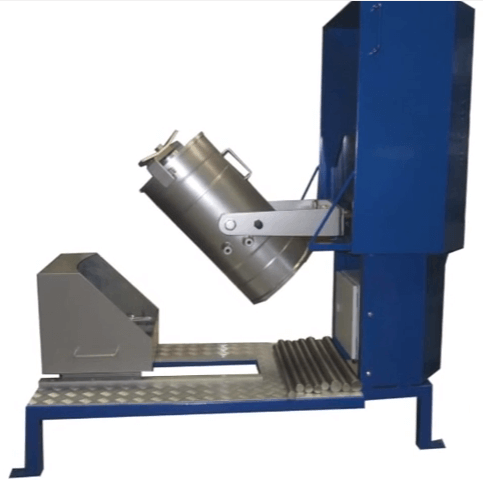 |
Laboratory Rod / Ball Mill
Benefits of the new laboratory rob/ball mill design we have for sale over the previous mill:
- Grinding drum moves much more stable machine because of the two bearings
 Less noise/sound because of the complete sound enclosure with a possible sound reduction foam on the inside
Less noise/sound because of the complete sound enclosure with a possible sound reduction foam on the inside- Indication light to show the machine is running
- Easy interchangeable drum.
The new system has a much more easy way to change the drum. The drum is a loose drum and can be lifted in and out of the machine with a special cart.
| 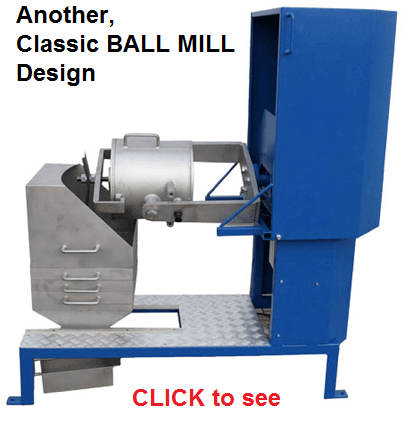 |
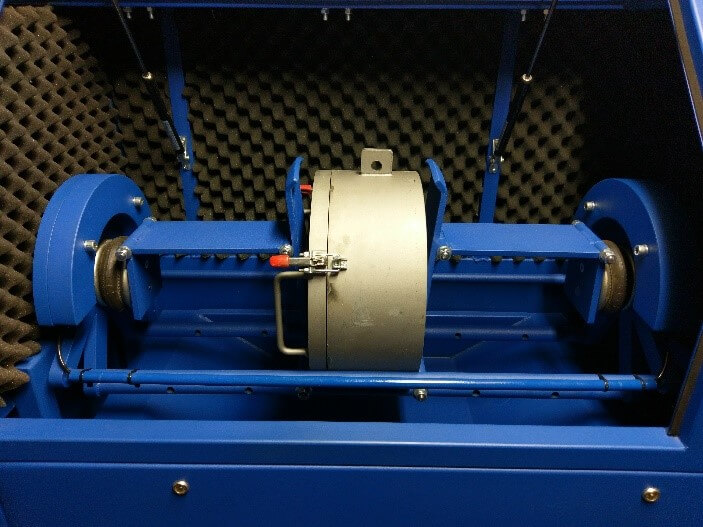
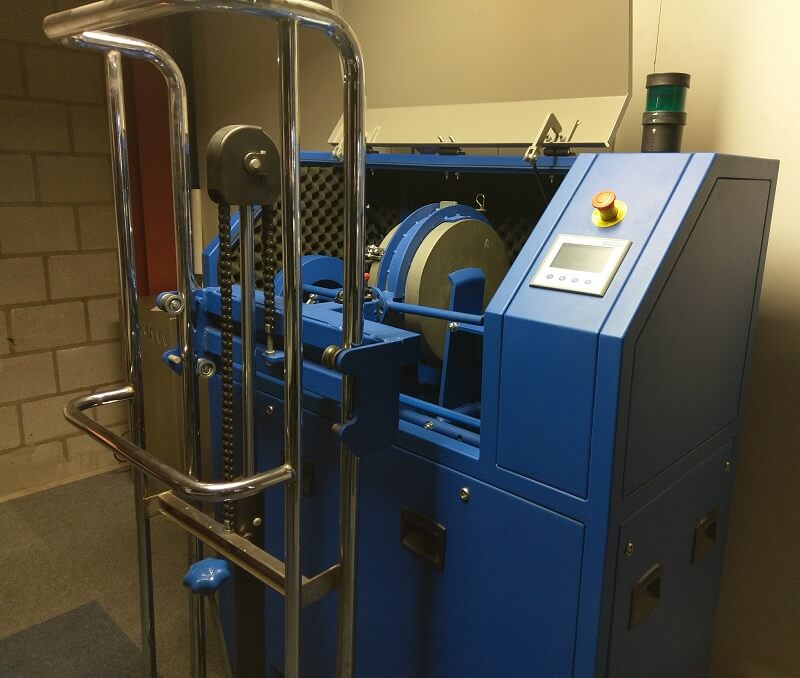
As stated above, the purpose of this research was primarily to establish a quantitative relationship between a laboratory ball mill capacity and fineness of finished product. As is nearly always the case in research, the major problem cannot be attacked until a number of smaller ones have been disposed of: apparatus must be decided upon and designed to meet the needs of the research; experimental technic must be developed to accord with good scientific procedure, which will give data of practical use; and the data must be interpreted. This investigation, however, instead of being one of merely determining mill capacity (for a given mill) as related to fineness of finished product, also became a study of batch grinding in a laboratory ball mill as related to time of grind.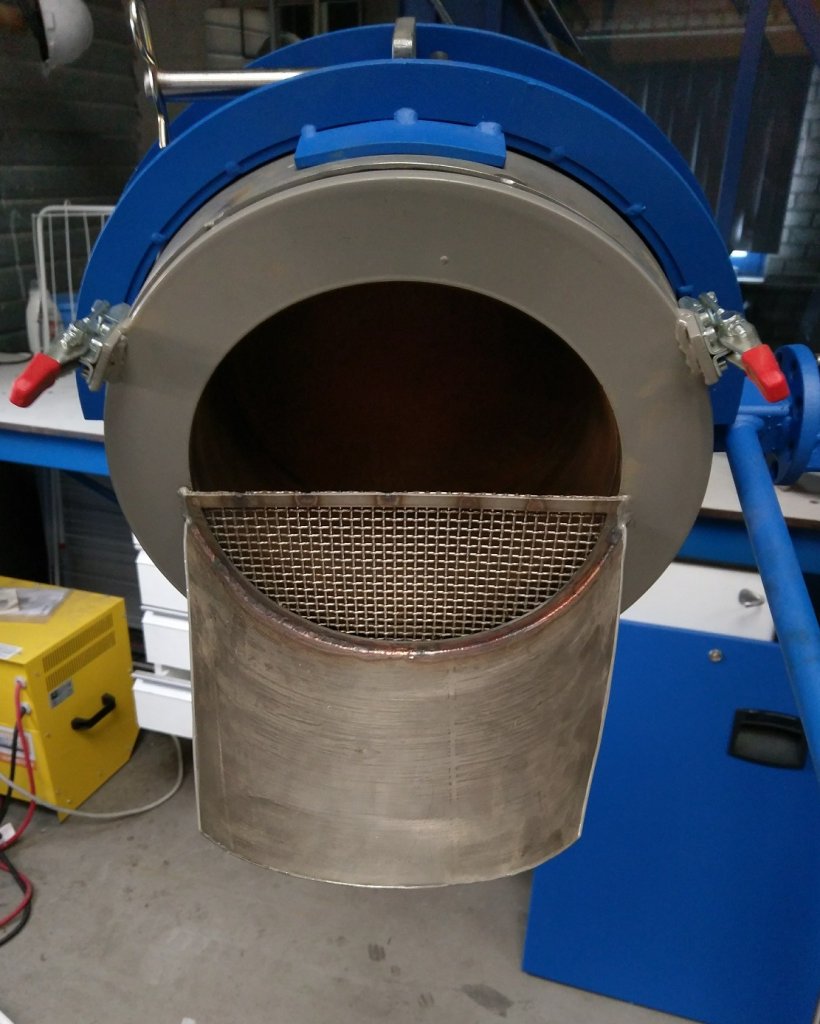
The selection of apparatus was necessarily more or less arbitrary. A cylinder 16 inches in diameter by 7 inches in length was chosen to contain the grinding media—a 43 per cent full load of 1-inch steel balls. Mechanism was provided to rotate the cylinder, at a constant speed of 55 r.p.m. This speed was decided upon on the basis of observation made at one end of the mill, which was closed with a coarse-mesh screen. The mill speed chosen was not necessarily exactly the speed which would give maximum mill output, but it probably was close to what may be termed the “best speed.” That there is a best speed for each size of ball, ball load, feed size, etc., is shown in the researches of Fahrenwald and Lee and this is just one example of the complexity of the grinding problem. The selected speed must therefore be considered a more or, less arbitrary one, but it fully served the purpose of this investigation.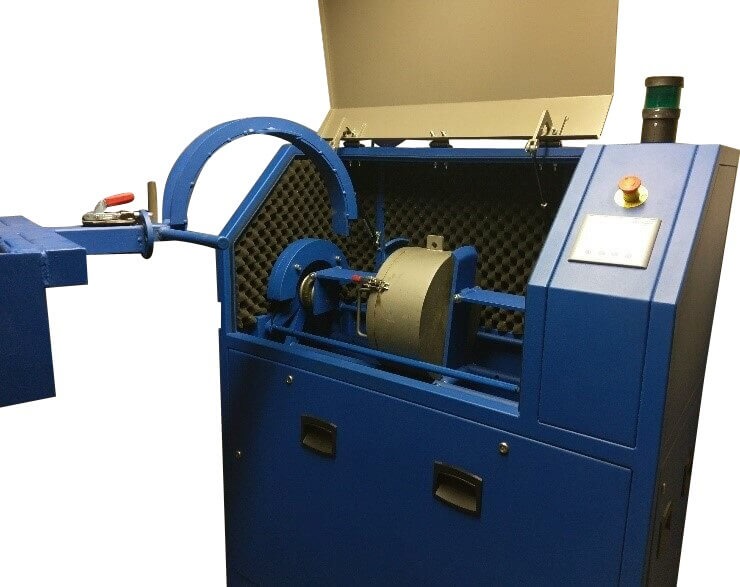
In the experiments of this study, grinding was done wet. Thirty per cent of water by weight was added to each charge. This ore-water ratio was arrived at from a series of experiments in which the percentage of water was the variable. Thirty per cent of water by weight gave approximately the maximum mill output—grinding through 100 mesh.
The weight of feed charge introduced into the mill also was determined from a series of experiments in which weight of feed charge was the variable. The weight of feed charge giving the greatest number of grams of finished minus- 100 mesh sand was approximately 1,750 grams. As data later presented will show, this is not exactly the weight of charge which will give maximum mill output in a unit of time; it is, however, approximately that weight of charge which gives maximum output under the conditions of (1) the size (sieve analysis) of feed used, and (2) a short-period grind. This weight of charge served the purpose of the batch-grind experiments of this study.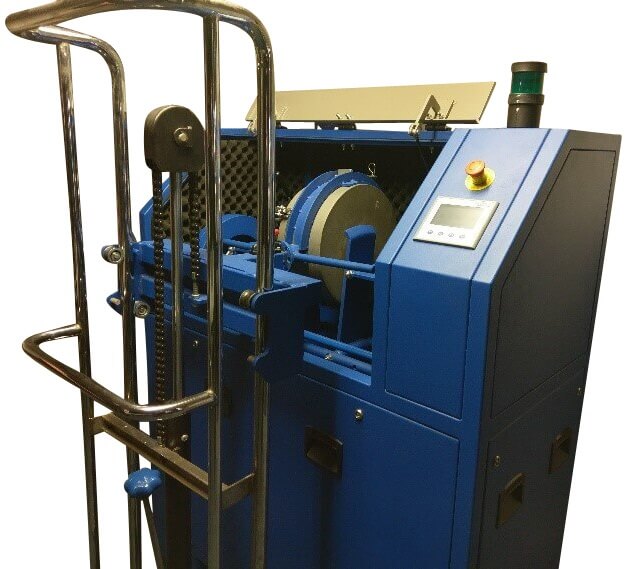
Having established the apparatus to be used and, in part, the conditions of the experiments, other factors and variables having even greater bearing upon mill output came up. The most important among these was the time of grind. For a given weight of feed charge to be ground in a batch laboratory ball mill, there was no information available to show how the rate of production of finished product in the mill varied with the time, of operation of the mill; that is, for a 10-minute grind it was not known if the output was greatest for the first minute, the second minute, or the sixth or tenth minute of operation. This question seemed of such importance that a decision was made to investigate it rather thoroughly.
In this study, rate of grinding or mill efficiency is stated in terms of “grams per minute,” abbreviated GPM. A more scientific “basis on which to calculate mill efficiency probably would have been that of total new surface produced per unit of time. This basis, however, was not thought to offer any advantage over the one stated.
The size analysis of the feed for experimentation was also more or less arbitrarily selected; and, as these experiments, show, it is not the proper sieve analysis to give maximum mill output. Here again the proper feed size could not be known in advance, and the arbitrary feed size selected serves for the work in hand. Quartz of the white massive variety was selected for this study because of its homogeneity and its known surface constants.

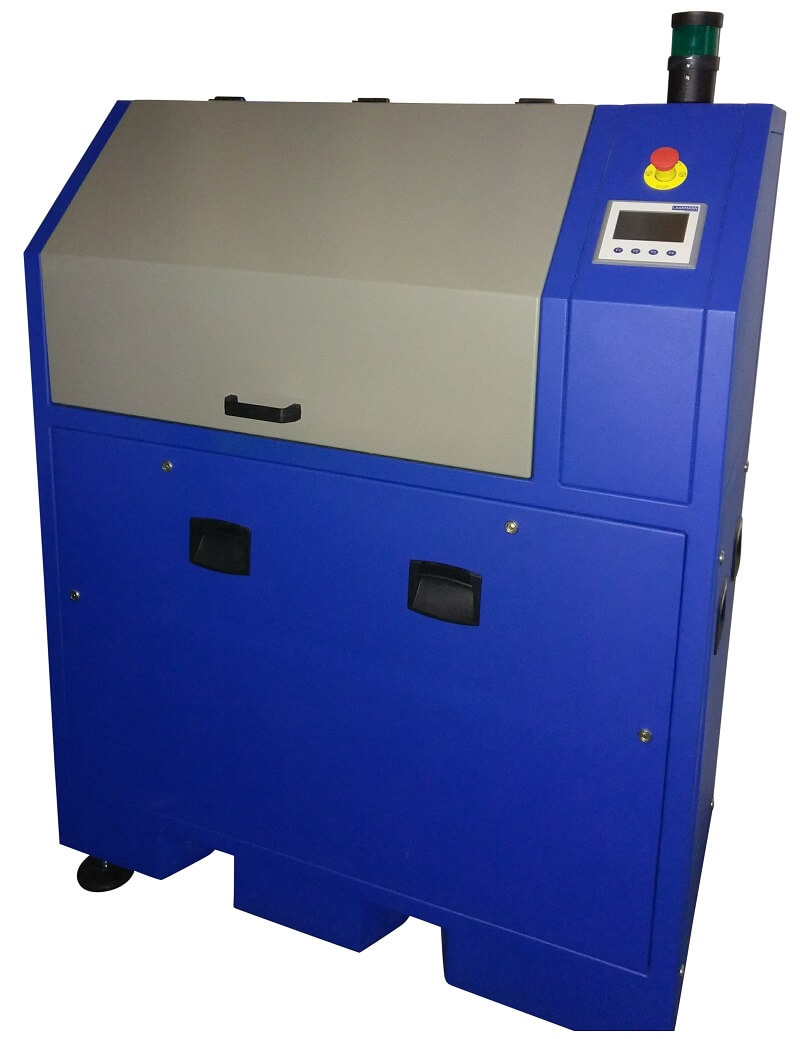 | 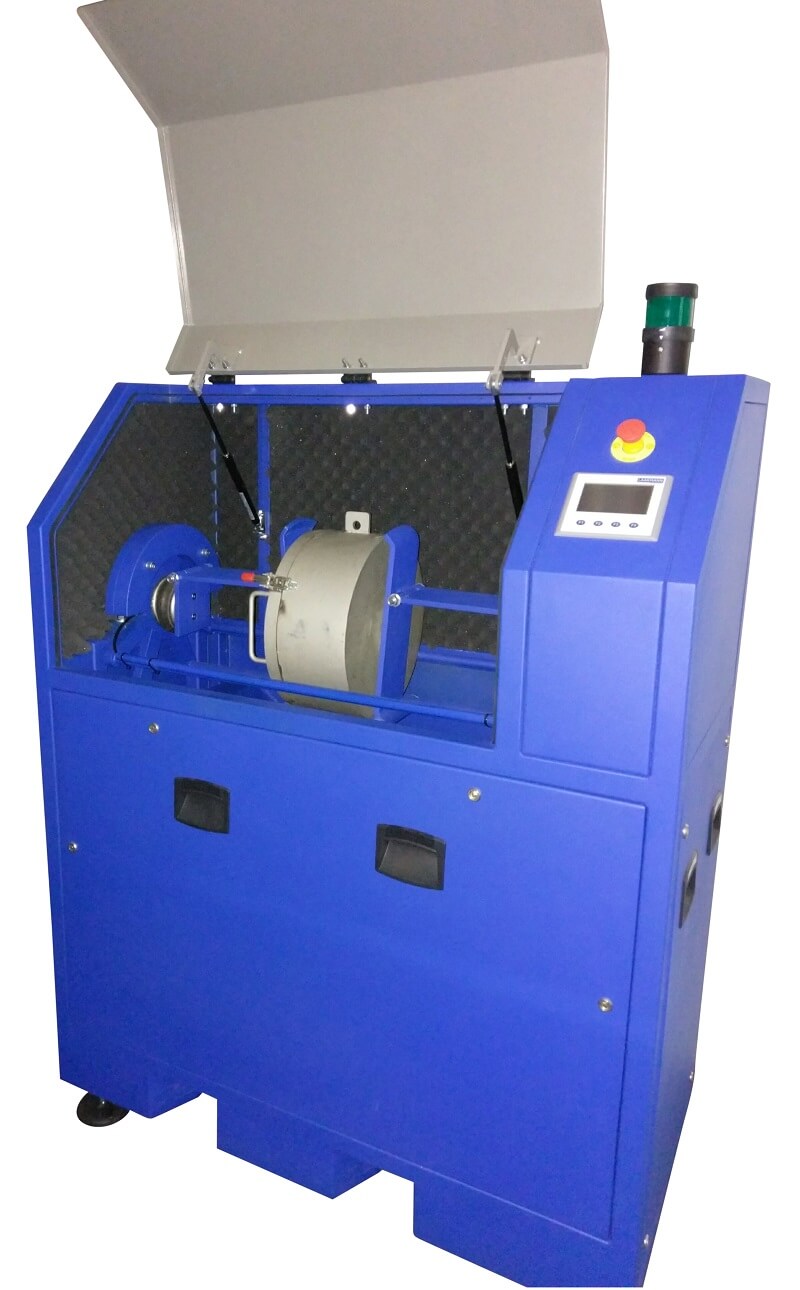 |

